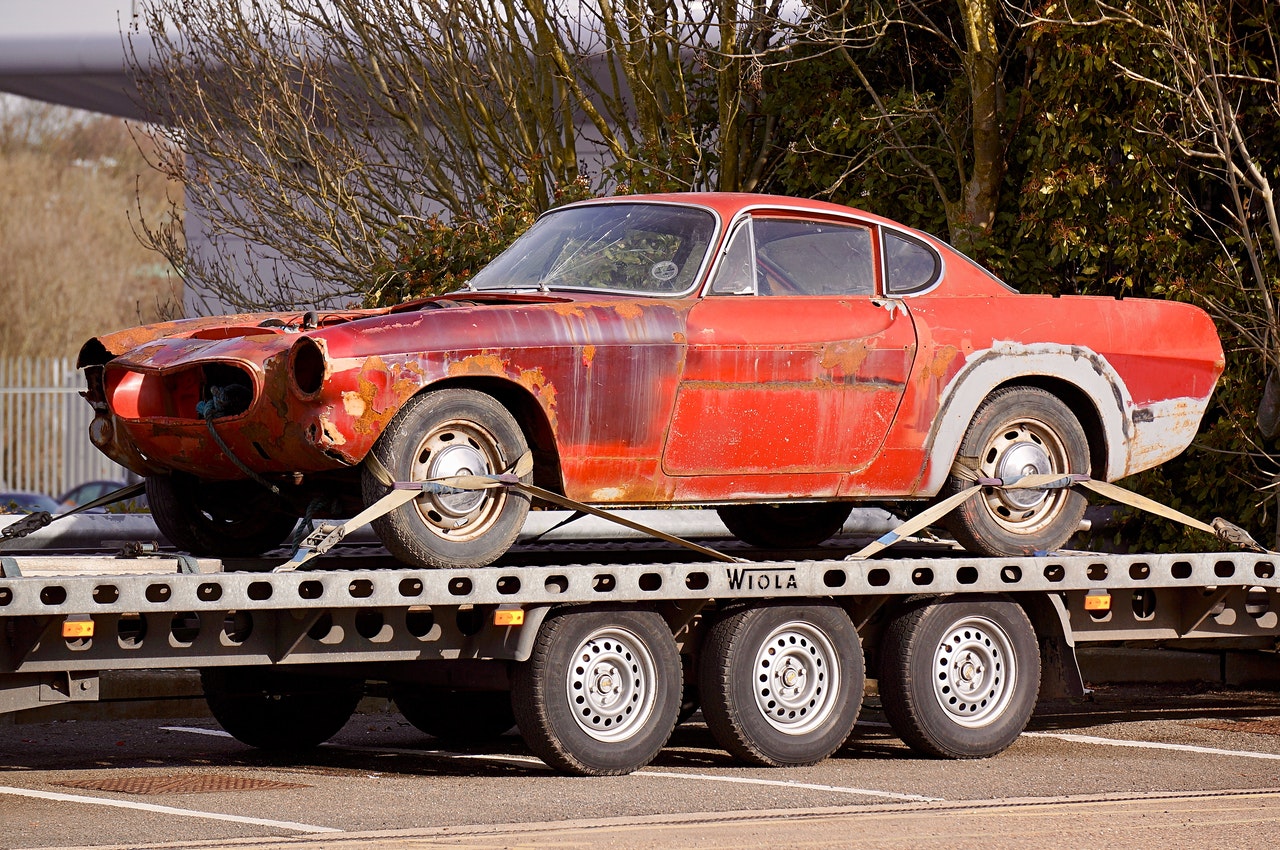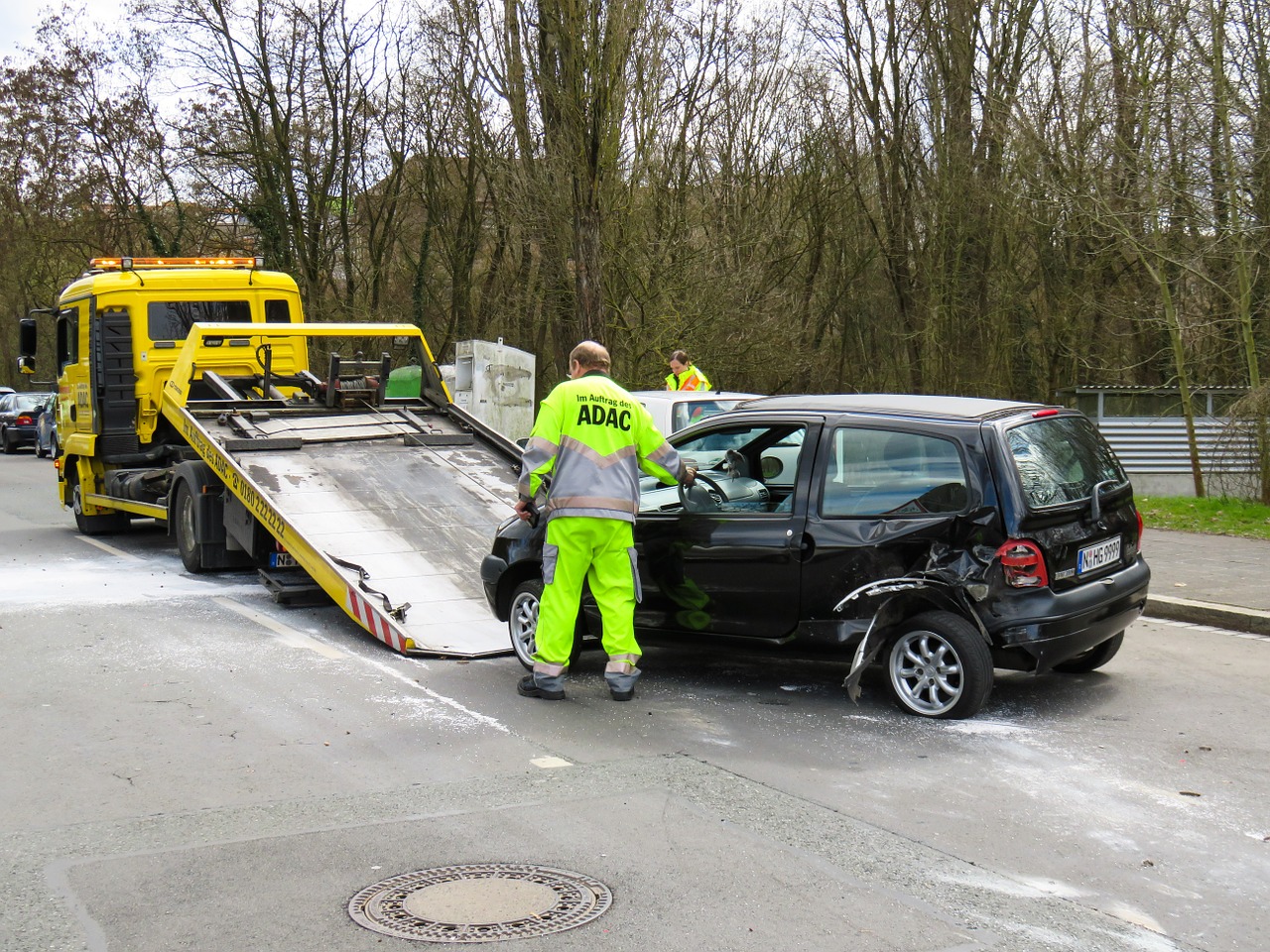Certainly, many of us, at least once in our lives, have experienced a situation. In which the car simply refused to obey in the world. The engine does not vibrate, and the tires do not start. Depending on the circumstances (breakdown near your place of residence or somewhere on the road), we have the option of calling for assistance (if we have one), roadside assistance (definitely the most expensive solution) or towing the car to the workshop at your own risk by a second car. If we decide on the last option, i.e. towing, we must remember a few basic towing safety rules.

However, before we decide to tow, we must be aware that we take responsibility not only for ourselves but also for the towed – for any damage caused by towing, whether it is our fault or the fault of the towed, the tug is responsible for his liability.
Towing Safety Rules and Regulation
Pursuant to the regulations in force, the speed of a towing vehicle within a built-up area may not exceed 30 km / h, and 60 km / h outside it for towing safety. It is strictly forbidden to tow on highways, with the exception of towing vehicles intended for this purpose to the nearest exit or service area.
The towing vehicle is absolutely obliged to run with the dipped headlights on, also during the period of sufficient visibility. The towed vehicle must be properly marked, either by means of a reflective warning triangle. Located at the rear of the vehicle, on the left side (in periods of poor visibility, the position lights should also be turned on in the towed vehicle), or by means of yellow flashing signals visible to other road users. There must be a person authorized to drive the vehicle at the wheel. Unless the vehicle is being towed in such a way that it is not necessary to drive it.
The towed vehicle is connected to the towing vehicle in such a way that it cannot be detached while driving. The exception is the towing of the motorcycle. Which must be connected with the towing vehicle with a flexible connection. Enabling it to be detached in the event of an emergency for towing safety.

When only one type of brake is serviceable on a towed vehicle, a rigid connection shall be used. If both types of brakes are operational, a flexible connection can be used. When neither of the braking systems is serviceable, towing is prohibited.
Towing Distance
The distance between the towed and towing vehicles is not more than 3 m in the case of a rigid connection. And from 4 m to 6 m with a flexible connection. The connection is marked alternately with white and red stripes or provided with a yellow or red flag.
The Highway Code also specifies the circumstances in which towing is prohibited. Such specific conditions include:
- towing a vehicle with inoperative steering or brakes, unless the method of towing precludes the need for their use
- the vehicle by means of a flexible connection. If the vehicle’s braking system depends on engine operation and the engine is at a standstill
- more than one vehicle, except the articulated vehicle
- towing with a vehicle with a trailer (semi-trailer)
- vehicle towing on the freeway (raised above).
Towing The Vehicle
In the case of towing the vehicle in a way that excludes the need to drive it or use the brakes. The actual overall weight of the vehicle towed should not exceed the actual total weight of vehicle towing for towing safety.

A car breakdown is not pleasant – frustration resulting from frustrated plans and the vision of spending on necessary repairs make problems with the law the last thing we need at that time. Therefore, before you decide to tow, it is worth getting acquainted with the above towing safety rules. They will save us not only the nerves and uncertainty. Resulting from ignorance but also help us avoid problems with the law.
Customers are important to us, so call us immediately!


